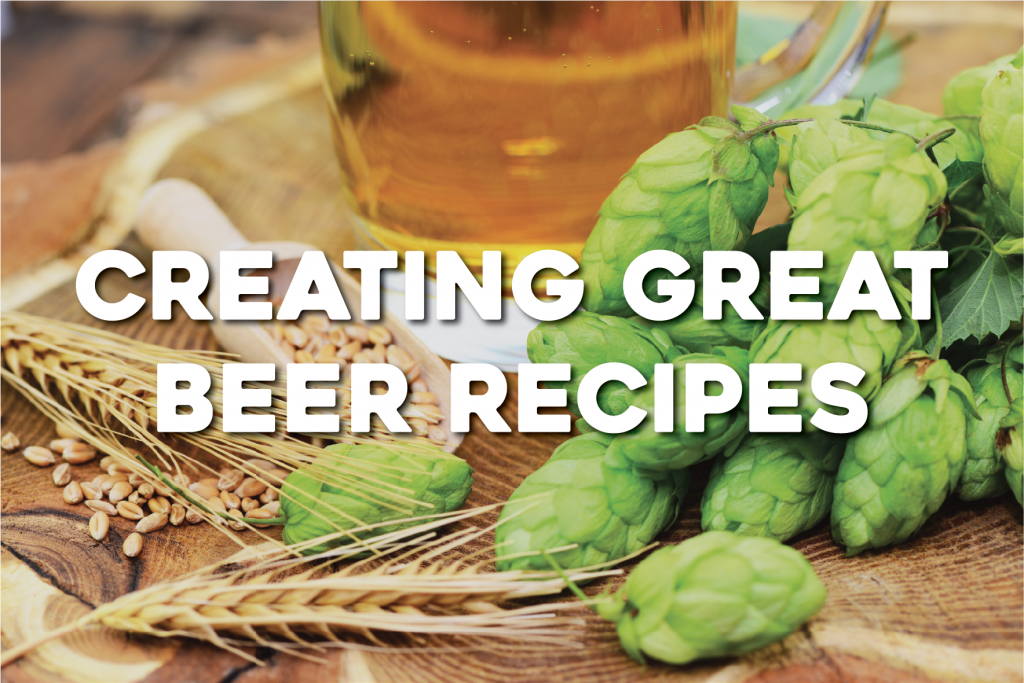
Beginning beer brewers are often stymied when faced with the task of creating their own recipes from scratch. Many may start with recipe kits from their homebrew store (a good bet for beginners), or from a recipe they found from a book or the internet so creating a brand new recipe may seem a bit formidable.
Just like with baking, where set amounts of flour, sugar, salt and cocoa come together to form the beginning of a chocolate cake, malted grain, hops, yeast and water come together to form the basics of a beer. It’s the combination of those ingredients and the amounts needed that form the final product and that is the key to creating the beer you wish to make.
Getting Started
The very first step is to consider the style or type of beer you are going to brew. Do you want something light and crisp for summer, something heavy and roasty for sipping by the fire, or something unlike either of those? If you don’t have a specific recognized style in mind, think of some adjectives to describe the beer you picture drinking, and even consider writing them down. Descriptive words like malty, hoppy, roasty, fruity, clean, British style, toasty, warm, tart, etc., will all give you a base to start with. Decide if you want a lighter style like a ‘lawnmower beer’ or something bigger and bolder, and combine it with those key words you selected. For example, if you’re thinking “clean”, “crisp” and “light” you may be considering something like a cream ale or a light American lager. Once you have that style or type in your mind, with the qualities you wish for it to have, you are well on your way.
This is also a good time to consider the amount of alcohol you’d like the beer to have, within a rough percentage so you can begin to choose the amount of ingredients you will be using.
With that done, it is now time to think about the ingredients you will use in your recipe, and begin selecting them.
Malt
Malted grains form the base of any beer. Whether brewing from all grains or from malt extract, this is the largest component of the beer. When choosing the grains, think of the qualities again of the beer you are making and that will help you decide what to begin with. Generally, a base malt from the country or area where the style originated is a good bet. Base malt is the grain that makes up the majority of your grain bill. For example, if you’ve decided you would like a British brown ale, choosing a British malt like maris otter or a malt extract made from English malts would be a good base. The base malt should make up 85-100% of your beer in most cases and is the first building block.
Specialty grains are the (usually) malted grains that give color, flavor, aroma, and even body to your beer. They range from crystal malts that can impart different degrees of sweetness all the way to black malt that can give a roasty or even a burnt acrid flavor to your brew. Think of the characteristics again you’ve decided upon. Do you picture a toasty flavor with some sweetness? Or a bit of roast? Or perhaps a bit of both? Now is the time to choose the grains that will give you those flavors.
A word of caution here- “less is more” usually applies. Until you are well experienced with the proportions and amounts of specialty ingredients in the beers you like and are making, using less specialty grains to start with is advised. Many beers may utilize crystal malts in varying amounts from 1-15% in beers where crystal malt is appropriate, but unless you are certain that you are hopping enough to balance a very high percentage of crystal malts, you may want to stay in the middle of that range.
A good place to start is to plan on your grainbill being at least 80-90% base malt, using the specialty grains for color and flavor in the remainder.
Using our example of a British brown ale, where you may want a malt-forward easy drinking ale with an alcohol level of about 5% and some caramel notes with a hint of nutty character, choose maris otter as the base malt (or an English pale ale extract), in the amount of 85-88% or so. Add your specialty grains in smaller amounts. Generally, about 5-7% medium crystal malt would be a good choice for this style. Adding about 2% British chocolate malt for color and dryness would be welcome here, and even some victory malt or biscuit malt for that “toasty” flavor would be nice (up to 5% or so).
Reading through some of the common base malts and specialty grains will help you decide on which to use in your recipe. Most homebrew stores have a list of the grains and extracts they sell, along with a good description. The reason to choose maris otter in the British brown ale came from this description from Homebrewsupply.com: Developed in Cambridge by Dr.Bell, Pale Maris Otter is 2 row winter barley perfect for British Ales. Developed in order to preserve the traditional flavors found in British Ales of all sorts Pale Maris Otter offer a rich, slightly nutty flavor with an orange tinted wort.
If choosing malts seems to be overwhelming, you may want to consider a SMaSH (Single Malt and Single Hop) beer. Using one base malt in the amount of 10 pounds per 5 gallon (US) batch would give you about a 5% beer. Choosing one or two specialty grains at a time, in smaller amounts, and adding that to your recipe will give you a distinct image of what each ingredient brings to your beer.
Hops
Hops are grown around the world now, giving brewers a larger selection than ever before and new varieties are being introduced frequently. Choosing them can be tricky if you’re not experienced with the different types and variety available. Hops are primarily used to provide bitterness to the beer, as a counter to the sweet malt but hops also provide flavor and aroma as well.
When making your first few recipes, you may decide to go with a safe choice, using a variety from a country/area where you are sourcing your malt. Again, in the example of the British brown, you can find some classic “English” varieties, like East Kent Goldings that would be terrific in this beer.
Alternatively, if you’re making an American IPA using US base malt, you may pick some wonderful and unexpected choices like the newer varieties from Australia or some of the newer “cryo” hops. The key is to find hop that won’t clash with your goals, and will enhance the entire beer. Reading the description of the hops from the producers’ websites will give you a good idea of what the hops will bring to your beer. Words like “woody”, “dank”, “tropical”, “floral”, “fruity”, “spicy” and “minty” may seem strange for beer ingredients at first, but the descriptions will help you imagine the balance of those flavors in your beer.
Yeast
Yeast is the undersung hero of the brewing world. The brewer makes the wort, but it’s the yeast that makes the beer. Choosing yeast is the final step in creating your recipe. There are many manufacturers of quality brewing yeast nowadays, and you can find a great selection in your homebrew shop. The best source of information on the yeast is on the manufacturer’s website They have descriptions of their products, along with recommended styles for their use as well as the fermentation temperature ranges and attenuation percentages.
When choosing a strain, once again consider the beer you are making. Choosing a strain designed for certain beer styles will be a good bet. As in our example above, English brown ale, picking a quality yeast meant for English ales would give a good result. Most manufacturers have a selection of English ale yeast strains to help you decide.
Water
Water is the final ingredient to consider. Since beer is 90% water, chlorine-free non-softened water is crucial for making the best beer. Getting a water report for your water is the best way to begin to delve into brewing water treatment. Many brewers have great brewing water naturally, while many others do not. Once you have a water report, or make a choice to purchase reverse osmosis or distilled water, you are ready to consider adding water treatments to your repertoire. We have a beginning’s guide to using reverse osmosis water here: https://www.homebrewsupply.com/learn/intro-reverse-osmosis-brewing-better-beer.html If you tap water has been working for you (and you take steps to remove the chlorine), that could be a fine choice as well.
Putting it All Together
Once you’ve chosen your ingredients, it’s time to create your recipe. While many use paper and pencil, the vast majority of brewers find that using some brewing software makes the process far less painful and even more fun. The software does the calculations for you, including the percentages of the grains, the likely original gravity and final gravity of the beer, the ABV (alcohol by volume) and the IBUs (International bittering units) of the beer. An added bonus is that the ingredients often have descriptions, country of origin, and even recommended amounts to use.
In our English brown ale example above, we decided on our grain and hops.
Putting that into a software package, in this case Brewer’s Friend, we see:
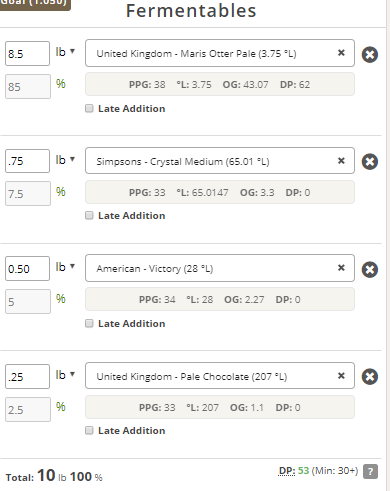
And now for the hops. In our software, it helpfully gives us tips as to how many IBUs (and the color of the beer) we need for our English brown ale, and we have green check marks showing we are in range:
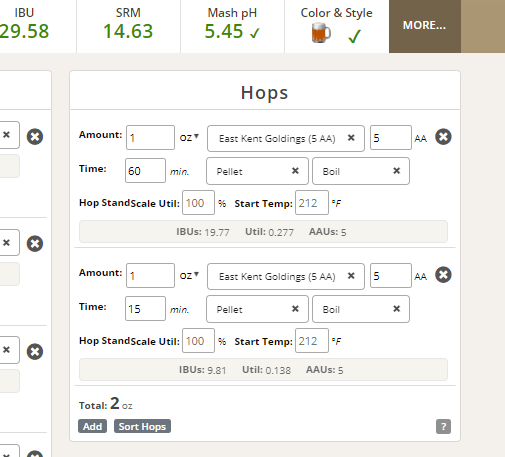
Now, we choose the yeast and we are all set!
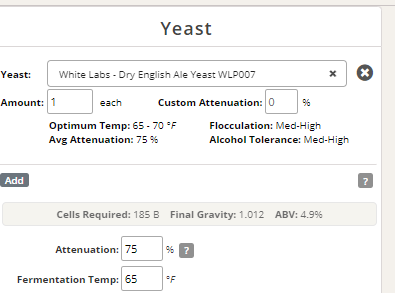
Our recipe is finished (except for the water calculator part), and we’ve hit all of our goals for an English brown ale:
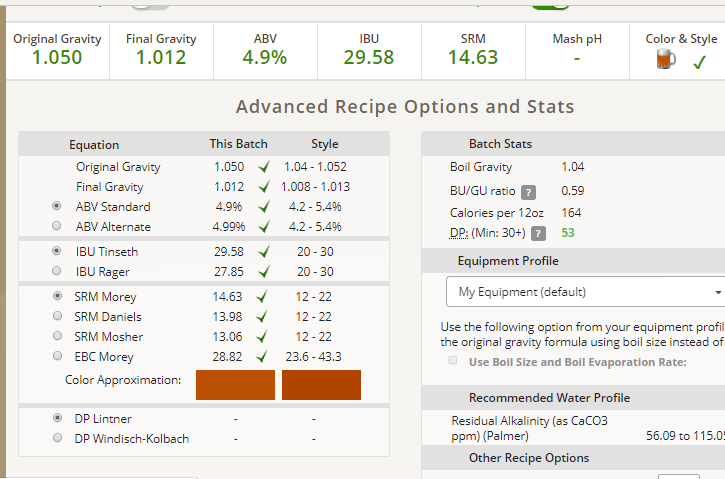
(Entire recipe at https://www.brewersfriend.com/homebrew/recipe/calculator)
The recipe building process is the same for extract/steeping grain brewers as well, simply substituting the chosen extract for the base malt.
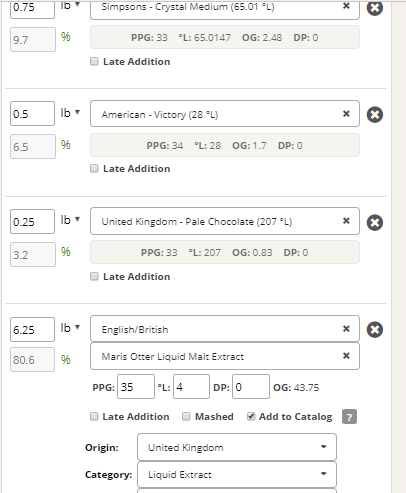
The rest of the recipe is the same, and can be found here in its entirety: https://www.brewersfriend.com/homebrew/recipe/view/839942/english-brown-ale-extract
Most software packages are similar in the calculations part, so choose one that meets your needs and feels right to you. There are many free or very low cost ones out there, many of them cloud based.
Entire books have been written on the creation of beer recipes, and if you’d like more information, Designing Great Beers by Ray Daniels and Brewing Classic Styles by Jamil Zainasheff & John Palmer are the most notable ones geared for homebrewers. There are also websites and forums online dedicated to helping others learn more about brewing and they can also be a valuable source of information.
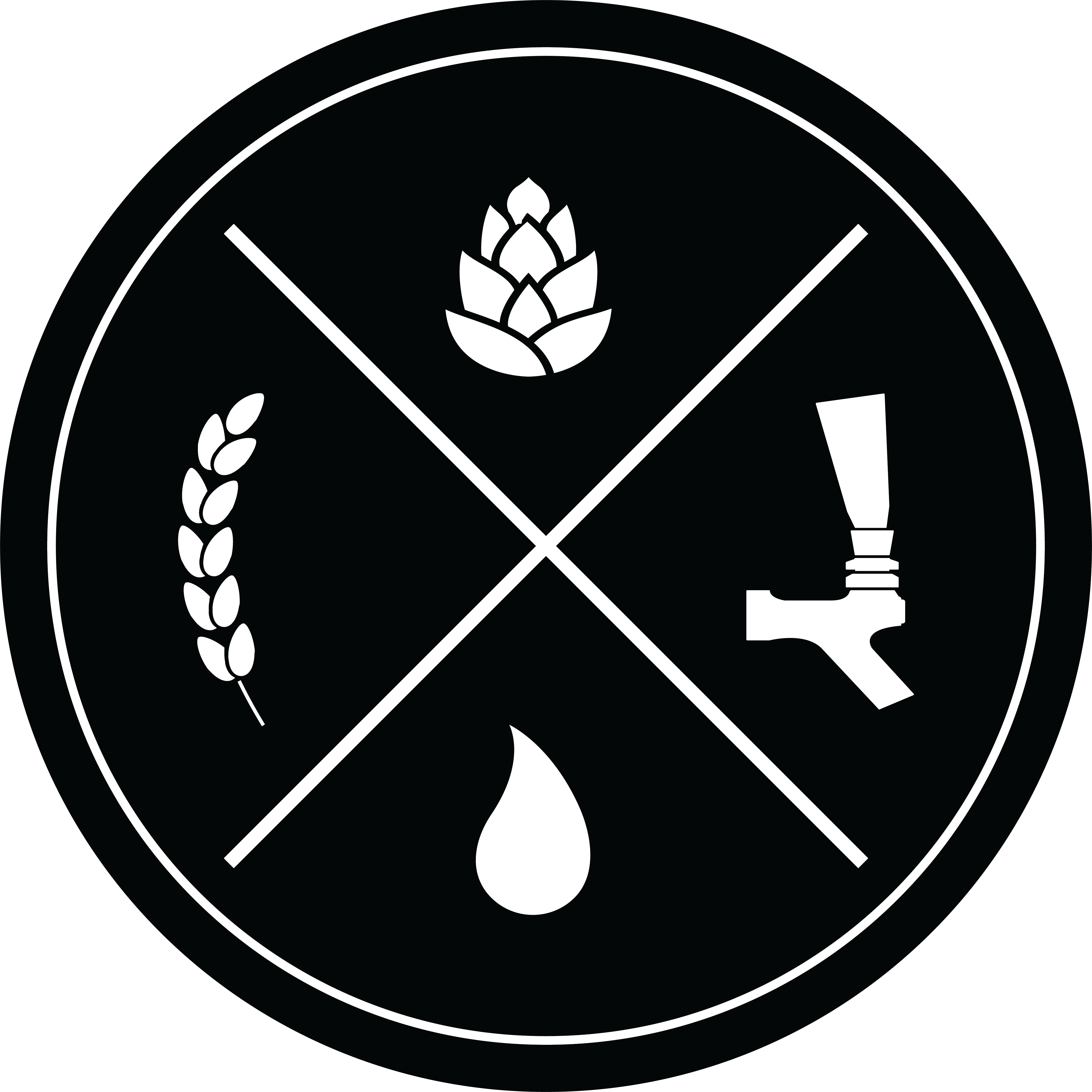

Great information thanks! Though I have been a home brewer for 5 years now, I still consider myself a beginner. I have found a beer I absolutely love and wish to brew it because I cannot find it near where I live. I found the beer ingredients on line but I cannot find an actual recipe to combine these ingredients. Any ideas? The beer I wish to make is called: Drakes 1500.
Comments are closed.